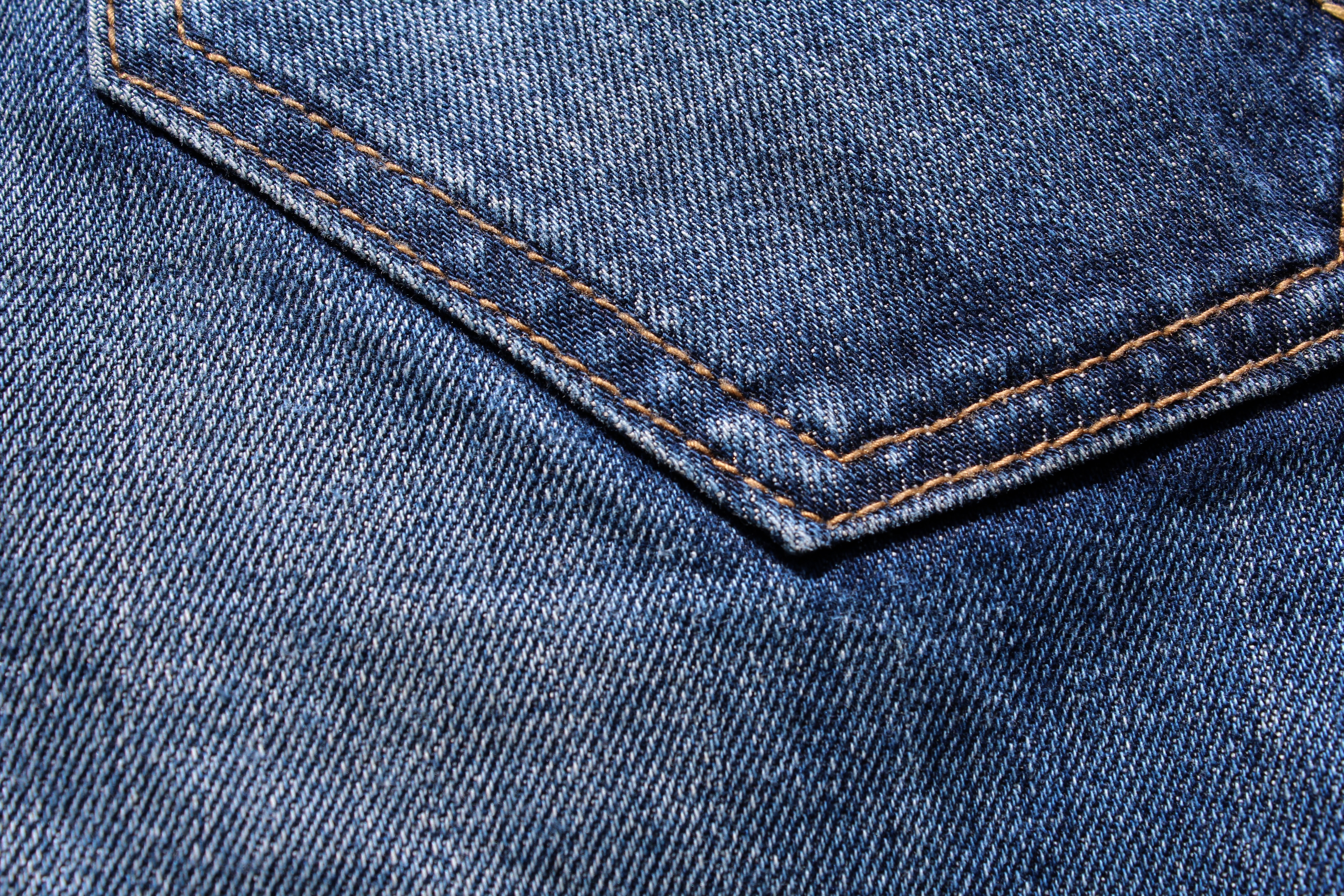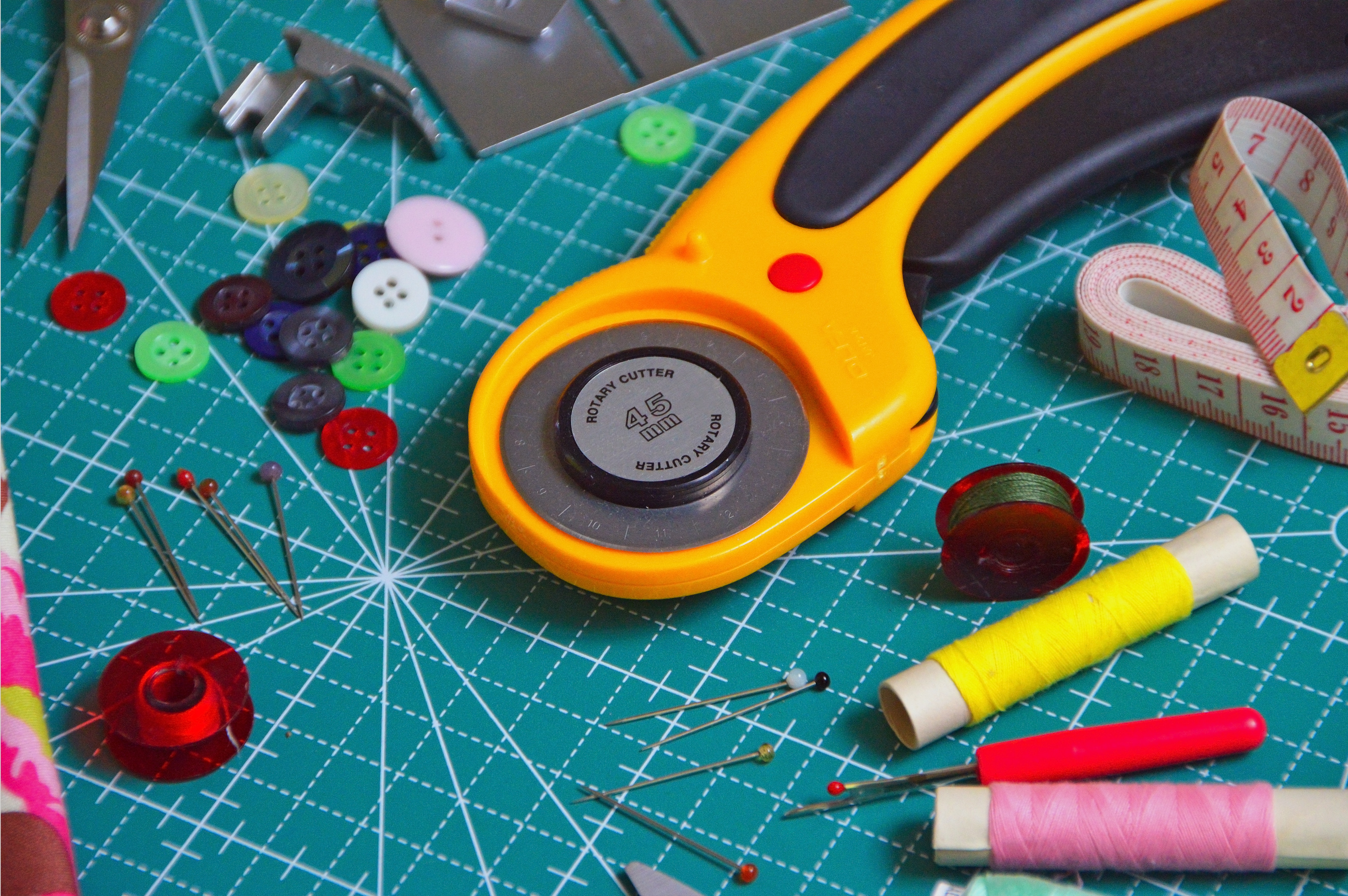Donating Clothing: Helping Others or Helping Your Ego?

Donating clothing is a rite of passage in American culture. Donation bins reside in the center of nearly every suburban town, reminding the people of their charitable duty to give to others what they no longer need for themselves. But, is it possible that these donations perhaps cause more harm than good?
The act of donating clothing is widely perceived as a charitable one. With nearly 40 million US citizens living in poverty, it is reasonable to assume that our donated garments would end up helping the many in need in our own country. However, in reality, this is not the case. In fact, a minute percentage of these pieces remain in domestic shops, with the vast majority of clothing landing in Sub-Saharan Africa. The process of how these garments end up so far from their origin is a very interesting one, masked by the narrative of charity and the rhetoric of giving.
If we were to trace a piece of donated clothing in the US, it would look something like this:
Unsplash/ Sergio SouzaStep one: Clothing is dropped off at local Goodwill stores.
Step two: The organization sorts donations based on style and value. Each year, a mere 20% of clothing remains domestic. To put this into perspective, 1.4 million tons of clothing are donated each year, with 800,000 tons ending up abroad – specifically in Africa.
Step three: Clothing is sold in large bales to textile recycling firms, many spending hundreds of millions of dollars per year.
Step four: Clothing is sold by the firms to international shippers, where they are placed on ships bound for developing countries (typically ending up in sub-Saharan Africa).
Step five: Clothing arrives in Africa and is sold to suppliers of the second-hand garment industry.
Step Six: Clothing is marked up and sold in African markets. Typically, a bale of 100 pairs of donated jeans will be sold to the supplier for about $144. This renders each pair $1.44; however, once placed in the markets, locals purchase the jeans for an average of $7.
Unsplash/ Use JetlingThe issue here does not lie only in the fact that large corporations are profiting off charitable donations, but in the fact that this industry is prohibiting local economies from flourishing in these nations. With the majority of those residing in these countries living in such extreme poverty, the cheapest way to obtain clothing is through the second-hand industry. This results in an average of 80 percent of Sub-Saharan Africans wearing American clothing. A large problem that the industry has created here is a sort of unbreakable cycle. With so many purchasing their clothing through the used garment industry (since it’s inception in the 1980s), the local garment industry has been completely devastated. Consequently, it has caused these countries to rely far too heavily on the western world for garments.
The act of donating, which we perceive in the west as an act of charity, is, in reality, hurting these nations.
Prior to the overwhelming presence of second-hand clothing in Africa, the majority of these countries had an established market of textiles and handmade garments. However, the textile industry has virtually disappeared over the last few decades due to this western interference. Since the early 1990s, over 85 percent of textile plants were closed in Kenya and cotton production is at a mere tenth of original production levels. In the early 1990s, Kenya had around 110 garment factories. Today, a mere 15 textile mills remain, functioning only at 45 percent capacity. Similar statistics can be seen in the majority of Sub-Saharan African countries. This decline has caused African countries to suffer financially and economically. and has resulted in them becoming dependent on western entities to generate any sort of economy in the garment industry. An industry that used to flourish in Sub-Saharan Africa is now completely monopolized by western entities.
Pexels/ Adonyi GaborThe devastation of local economies caused by this industry has not gone unnoticed by the governing powers of the affected countries. In 2016, Kenya, Uganda, Tanzania, Burundi, and Rwanda, the five countries comprising the East African Community (EAC), proposed a plan to ban the import of used clothing into their countries by 2019. However, four of the countries have since formally withdrawn from this plan, with Rwanda reconsidering as well. This is largely due to the pushback they received from the United States. This is not at all surprising considering the fact that the used clothing enterprise in the US is valued at around $3.7 billion; however, it is both unjust and manipulative for this industry to profit off donated goods.
The disconnect between westerners perception of the used clothing industry and the reality of what truly goes on is very large and has quite a lot to do with the skewed marketing strategies employed by these corporations. Second-hand stores selling used clothing domestically accounts for a minimal portion of the sales in this enterprise; however, this idea is extremely important for the narrative that these corporations want to convey publicly. Most Americans who donate their clothing are doing so under the impression that they are doing a charitable act; not donating clothing that will then profit corporations by being sold to the needy. The very notion of donating is shrouded in a rhetoric of giving and is seen as a charitable act. However, the charity itself preys on this idea. They prey off the self-gratification one feels when they donate clothing. They greatly distort the public’s perception of the industry. Corporations turn an enterprise based on selflessness into one based on profit and, in many ways, hinders the communities where the clothing actually ends up.










